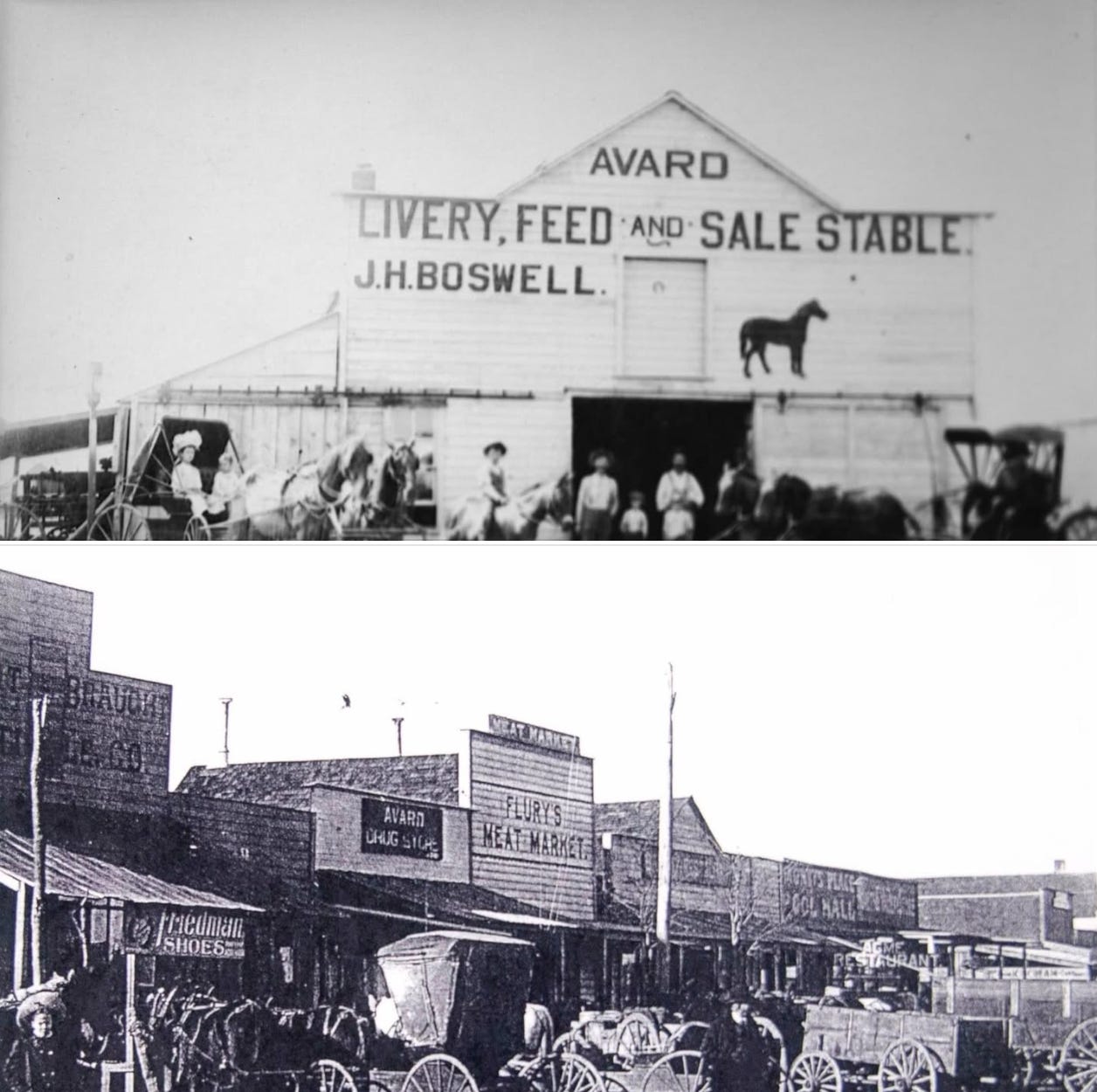Finding Claude
A project that started by forming a new company last November has turned into a mission to tell the story of a grandfather I never met but feel like I'm continuing to understand.
I'm sitting here with old newspapers spread across my screen, digital fragments of a world from 120 years ago. The Avard Tribune, The Alva Weekly Courier —yellowed pages that once sat on kitchen tables in Oklahoma Territory, maybe even in the house where my grandfather Claude was born.
January 6, 1903. That's when Claude William Simmons came into this world, in a Territory that wouldn't become a state for another four years. His father Albert had made the journey from Wisconsin, through Iowa and Kansas, drawn by the promise of Oklahoma land. Like thousands of others, he was part of that last great American migration, the end of the frontier era.
The newspapers tell a story bigger than just births and deaths, weather reports and crop prices. They capture a world in transition. When Claude was born, Oklahoma was still finding its feet. By the time he was learning to walk, the Territory was walking too — toward statehood. November 16, 1907: Oklahoma became the 46th state. Claude was four years old, probably more concerned with farm chores than politics.
But here's what catches my eye: In the 1908 Avard Tribune, when Claude would have been five, there are stories about both farming and railroads. No one knew it then, but that paper was capturing the two worlds that would define much of Claude's working life — from sharecropping to railroad work.
The papers don't tell me why he got the name Claude — he was the first in the family to carry it. They don't explain why his education stopped at the sixth or eighth grade, though the ads and articles paint a picture of a time when many hands were needed for work, when formal education often took a back seat to survival.
What they do show is a world of dirt roads and horse-drawn wagons, of oil lamps and wood stoves, of communities bound together by necessity and faith. The ads tell us what people needed, the social columns tell us what they valued, and between the lines, we can read the story of lives being lived at the very moment America was closing its frontier chapter and opening a new one.
I have more papers to read, more threads to follow. Somewhere in these pages, between the crop reports and church socials, there's a fuller picture of the world that shaped my grandfather. And maybe, in understanding his world better, I'll understand something more about my own.
I’m studying old video, taking notes, and planning more road trips to Kansas, Oklahoma, and the roots of a family tree that stretches from across the pond to I-70 West, and up and down the I-35 Corridor from Duluth to Dallas.
How can I cover all that ground? One story at a time.
Claude bought and sold race horses in 1922 before trading them in for work horses. He may not have known it at the time, but he inherited the type of blood that believes they are one in the same.
Those work horses were what his father wanted. The kind that could pull and carry a lot of weight in any environment, and not just one lap at a time. Those thoroughbreds probably went on to win every race they entered. Maybe one of them was Black Gold, winner of the 1924 Kentucky Derby.
“You Come From The Blood Of Thoroughbreds” will cover a lot of ground, one lap at a time, until the chapters carry enough weight to be bound for something.
What does that even mean? Everything.
I always wanted to own a race horse and see it win a triple crown. Even had the name picked out a few years ago: Mom’s Elixir. In the meantime, I’ll just write about it and keep dreaming.


